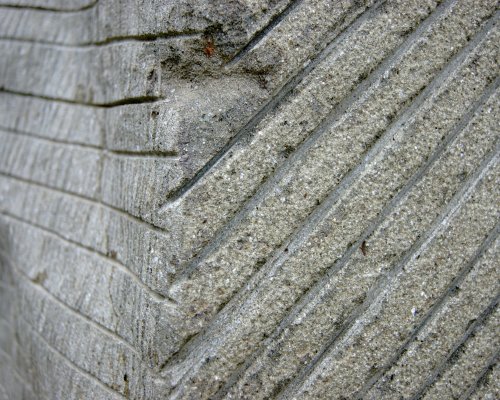Discovering traditional trades among the villages of the Pescia valley
In the eighteenth century, an economist from Geneva renamed Valleriana “Svizzera Pesciatina”, due to its similarity with his country of origin. Carved among the stone, there are ten splendid fortified villages called the "castella”, collectively known as the Valleriana. These mountainous villages are etched with traces of the past. Our journey brings us through some of these fairy-tale places of Pescia, but it is an open invitation to take the opportunity to explore them all.
Travelling upwards from Pescia to the Valleriana, the first village you come across is Pietrabuona. The town is located along a route dedicated to paper and its processing, continuing through Lucchesia and Versilia. The paper industry (including the production of paper money) has developed here since the fifteenth century, thanks to the proximity of the river, evidenced today by a museum. The tour allows you to learn about the techniques behind the production of handmade paper, also offering educational workshops. There is also a number of period machinery preserved which is a reference point for many scholars.
Travelling upwards from Pescia to the Valleriana, the first village you come across is Pietrabuona. The town is located along a route dedicated to paper and its processing, continuing through Lucchesia and Versilia. The paper industry (including the production of paper money) has developed here since the fifteenth century, thanks to the proximity of the river, evidenced today by a museum. The tour allows you to learn about the techniques behind the production of handmade paper, also offering educational workshops. There is also a number of period machinery preserved which is a reference point for many scholars.
Svizzera Pesciatina (Tuscany’s “Little Switzerland”) has been, like other areas of Tuscany, frequently associated with its bountiful supply of pietra serena, that grey sandstone so well-loved by the geniuses of the Renaissance such as Brunelleschi, who was the first to use it in building constructions. In Vellano there is the only remaining active quarry in the area, the Nardini quarry, which can be visited on several occasions. The best place to explore the world of stone processing is at the Historical and Ethnographic Museum of Miners and Quarrymen, also known as Mining of Publius, from the name of its founder. Here, there is a collection of work objects, tools of the trade, minerals, numerous volumes and multimedia material.
Svizzera Pesciatina (Tuscany’s “Little Switzerland”) has been, like other areas of Tuscany, frequently associated with its bountiful supply of pietra serena, that grey sandstone so well-loved by the geniuses of the Renaissance such as Brunelleschi, who was the first to use it in building constructions. In Vellano there is the only remaining active quarry in the area, the Nardini quarry, which can be visited on several occasions. The best place to explore the world of stone processing is at the Historical and Ethnographic Museum of Miners and Quarrymen, also known as Mining of Publius, from the name of its founder. Here, there is a collection of work objects, tools of the trade, minerals, numerous volumes and multimedia material.
In the past, the main industry of San Quirico was working with bronze. The area was filled with highly skilled artisans that were sought after throughout Italy for their ability to make bells that could stand the test of time. There are a number of symbols throughout the village that are evidence of how numerous these metal craftsmen were. There are lizards carved in stone outside the houses which belonged to one of these workers. Over time, this activity has been lost, but in the area, there is an opportunity to discover the traditional production of copper utensils, used to create the delicious meals of the region.
In the past, the main industry of San Quirico was working with bronze. The area was filled with highly skilled artisans that were sought after throughout Italy for their ability to make bells that could stand the test of time. There are a number of symbols throughout the village that are evidence of how numerous these metal craftsmen were. There are lizards carved in stone outside the houses which belonged to one of these workers. Over time, this activity has been lost, but in the area, there is an opportunity to discover the traditional production of copper utensils, used to create the delicious meals of the region.


